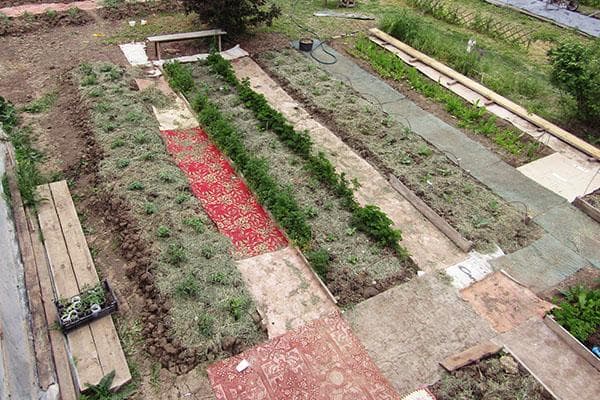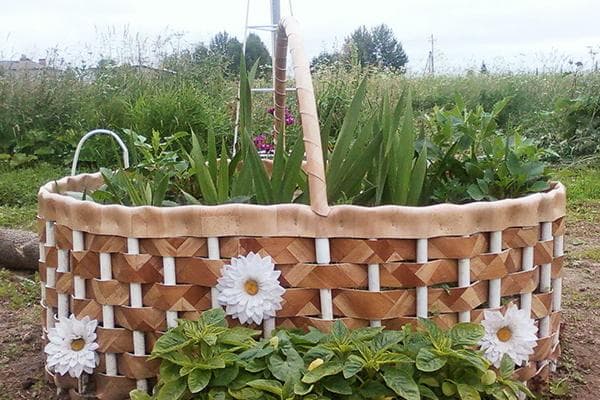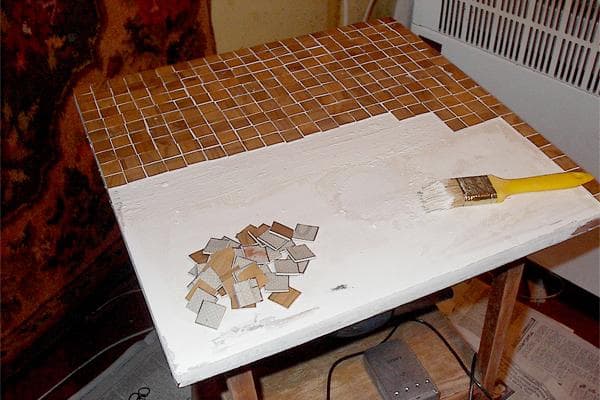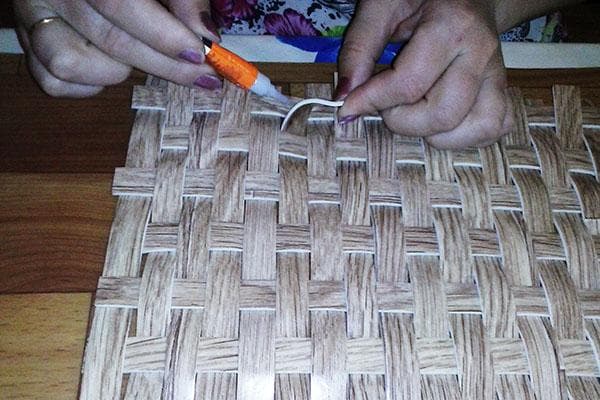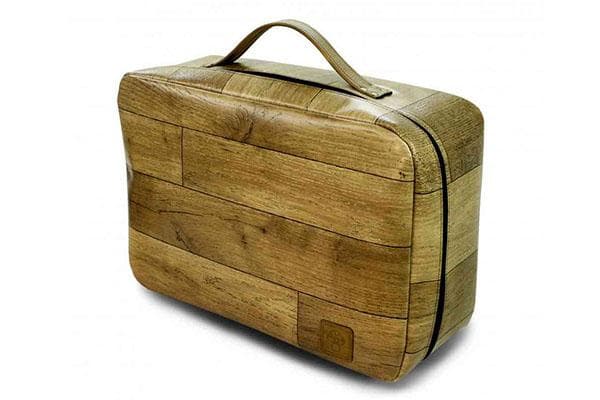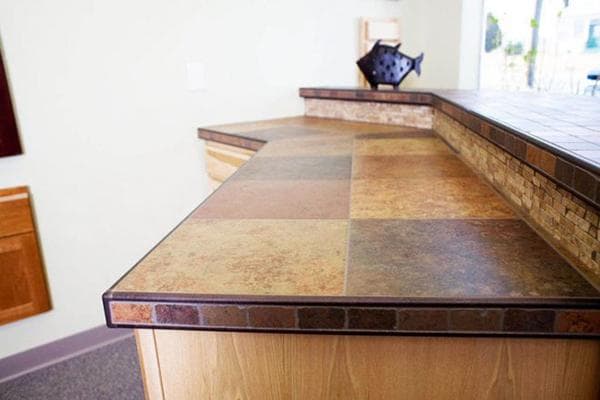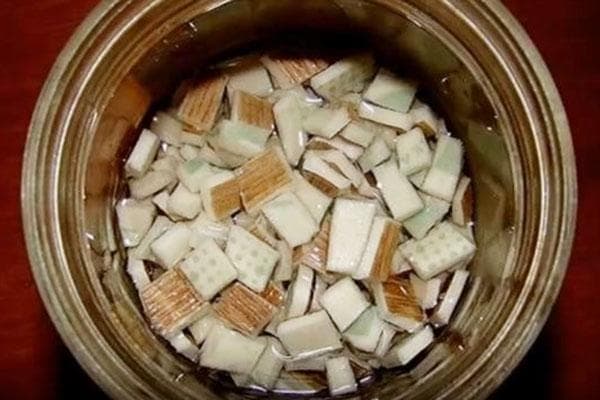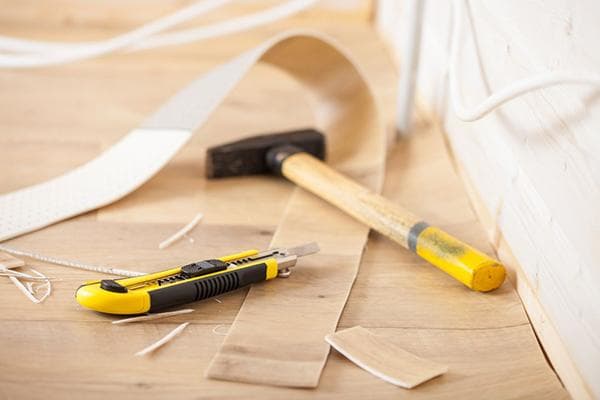What to make from leftover linoleum at the dacha: 5 useful ideas
Reusing materials is the need of the hour. Anyone can bring it to life - for example, make something useful from the remains of linoleum at the dacha. Experienced gardeners know dozens of ways to use this material: from mulching to protecting garden furniture from rain. We will figure out how to use the sheets of old coating remaining after repair, and also offer some tips on using scraps.
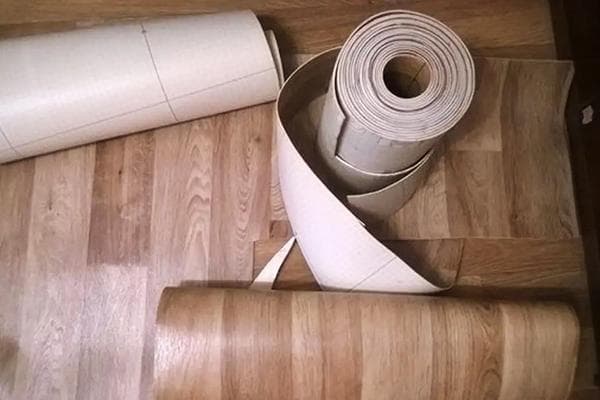
We use old coating: an assistant in weed control
One of the methods of protecting the soil from the development of weeds is mulching. Mulch is a covering that covers the soil from the scorching sun. It creates optimal conditions for the rotting of dead plant debris. Grass clippings, straw, and tree bark are usually used as mulch.
One of the promising ideas for using old linoleum is to create a mulch covering under fruit trees from it. The technology is very simple: a layer of mown grass is laid under the tree on the ground cleared of weeds, and sheets of old covering are placed on top of it. Details of using linoleum as mulch are shown in the video:
Ruberoid, old carpets and other dense materials that are impenetrable to light are used in the same way.
Some ideas for using scraps
Another asset remaining after the renovation is small pieces of linoleum. And if a piece with sides of 1 m x 50 cm can be used to cover a floor somewhere in a hallway or in a toilet (at least by joining several such pieces), then it is usually not possible to use smaller scraps as a floor covering. Experienced gardeners have come up with many options for using such pieces:
- Covering for garden stools, tables, benches. A piece of waterproof material will help protect the wooden seat from rain moisture and protect the furniture from soaking in water and rotting. It is enough to wipe the covering with a rag and you can use the garden furniture again.
- Rugs in front of the entrance to a country house, toilet, etc. You can clean your shoes on such a rug so as not to drag dirt into the house.
- Laying paths with narrow pieces.
Wet linoleum has a slippery surface. Be careful when walking on linoleum paths after rain!
Prepare universal glue from linoleum and acetone
The tiniest pieces, from which nothing at all can be made, can also be used. The top layer of linoleum is polyvinyl acetate polymer. This material is soluble in acetone. The solution is a universal glue that will certainly be used in summer cottages.
To prepare this glue, peel the pieces of flooring from the backing and cut them. The better you grind the polymer film, the faster it will dissolve. Place the scraps in a glass jar, and then fill with acetone so that the solvent covers the layer of scraps. Close the jar tightly and place in a warm place out of light. The solution should be stirred two to three times a day.
After dissolution, it is worth checking the consistency of the glue. If you get a viscous solution that resembles liquid honey, the glue is ready. If the solution is too thin, you can add some more linoleum scraps.
So, old linoleum can still serve in the country house and garden. Just use your imagination and you will find dozens of uses for this useful material. Good luck!
